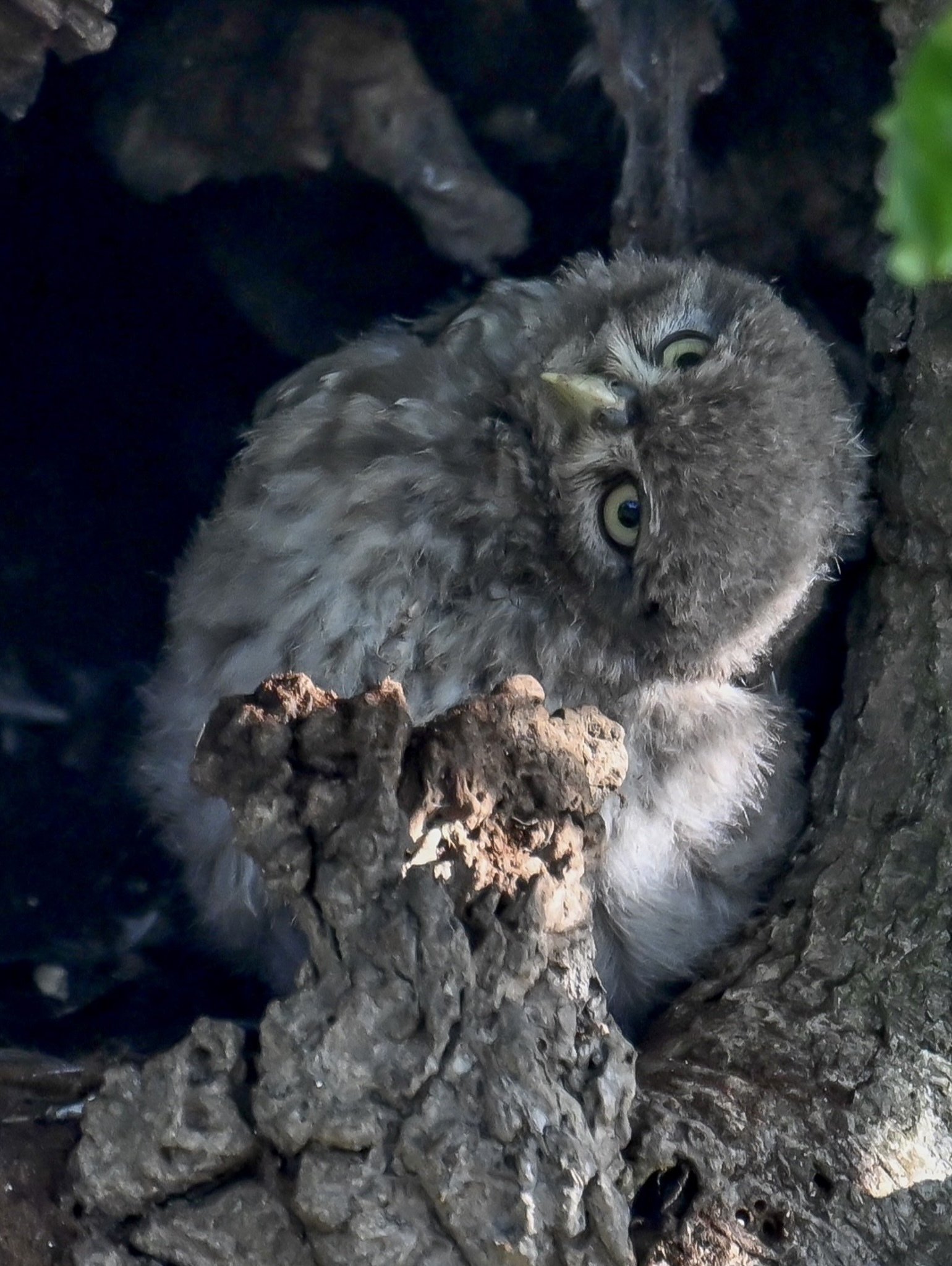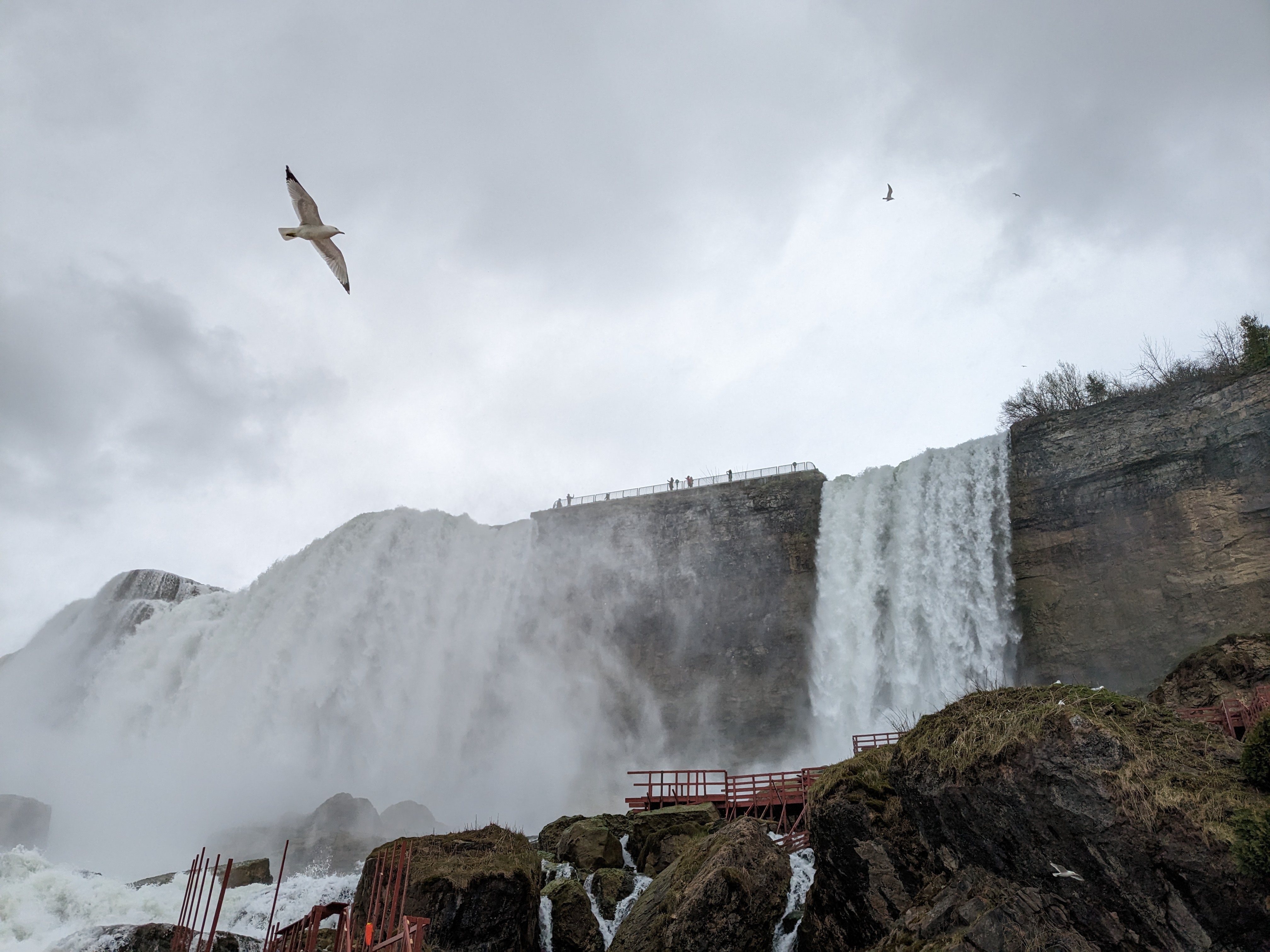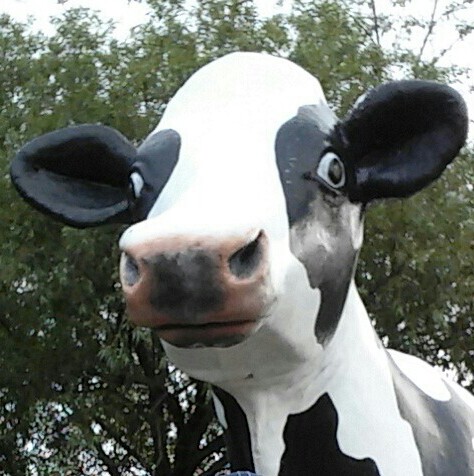
“Don’t you dare click that upvote!”
I’m so sorry, little dude! Force of habit: when I see owls, my monke brain goes “upvote”.
Hey he’s not fat it’s just fluff :/
Okay so he’s got fat feathers!
Second pic is cuter
I’m glad my girlfriend seemingly feels the same! 😂
Seems to be a way to keep warm!
They also fluff up their feathers to create an insulating layer that traps warm air close to their bodies. This helps them maintain body heat and stay warm even in freezing temperatures.
Unlike other hibernating animals, owls wake up periodically during torpor periods to hunt for small prey such as rodents or insects. This helps them maintain sufficient energy levels needed for survival in winter conditions.
I wasn’t sure if that’s what was going on here, or if it was just a totally different owl. Scrolling the photo series these 2 pics came from, there seems to be a family of owls in that hole, but I couldn’t let that spoil my fun!
Ah, okay.
What I posted was also a guess. I was looking into owls and if they hibernate, hahaha
Owls do not, but if you haven’t learned about hummingbird hibernation, I highly recommend that!
Awesome! Fluffy vampires!
Hummingbirds are one of the few groups of birds that are known to go into torpor. Torpor is a very deep, sleep-like state in which metabolic functions are slowed to a minimum and a very low body temperature is maintained. If torpor lasted for long periods, we would call it hibernation, but hummingbirds can go into torpor any night of the year when temperature and food conditions demand it.
Hummingbirds are the masters of torpor, because they have to be. Their feathers offer poor insulation, and they have incredibly high metabolic demands. Torpor allows them to check-out physiologically when they cannot maintain their normal 105 degrees Fahrenheit body temperature.
Hummingbird Sleeping While Hanging Upside Down [02:57 | Mar 25 2018 | RuthLesProductions2]
https://www.youtube.com/watch?v=Ey-DlxcK7qE
Hummingbird Sleep Guide
Hummingbirds sleep every day, going into a state known as torpor. What Is Torpor?
When a hummingbird sleeps, it’s called torpor. Torpor is a deep hibernation-like sleep that allows the hummingbird to take a break. During torpor, the hummingbird’s heartbeat goes from 1200 bpm to less than 200 bpm.
Why torpor? If a hummingbird slept without going into a state of torpor, they’d use too much energy and have to keep waking up every few minutes due to their speedy metabolism.
In the state of torpor, the hummingbird’s metabolism slows down to allow its core temperature to drop so that it can save more energy for its wake hours.
After torpor, it takes up to an hour for the hummingbird to come alive again. During the waking process, the hummingbird takes in more oxygen and shivers until its body warms up enough to carry on with its day.
That’s what I was talking about! Pretty nifty, isn’t it?
People think of birds as cute little chirpy things, but there are so many of them. They’re all modern dinosaurs with all the ferocity of the originals, plus 65 million years of updates! If you search my “Owl-natomy” posts you can read about all the super powers owls and some other birds have.
Awesome, I saw the Feet and Talons post!
I have heard of animals that need to exert force to undo grips, and similar to the opposite of what humans do with our tendons! \
Great to learn that owls are one of them!
Owl tendons are also arranged in a way that they are tensed when the bird is relaxed. This is the opposite of how our hands work. To grip tighter, we need to exert more and more force, but the owl just has to use energy to release its grip. This allows them to exert maximum force holding onto prey with minimal effort. It is also what lets them stay gripped to their perch when they sleep without falling off. They must consciously let go to relax their grip.
Most birds have a ridge on their talons that aid in this, but the Barn Owls have evolved serrations that look and act like a comb.





